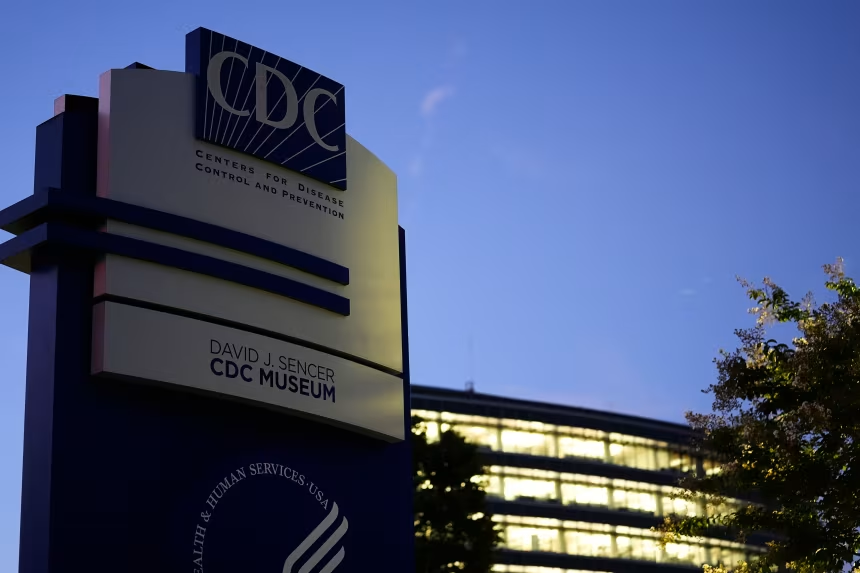A major administrative error at the U.S. Centers for Disease Control and Prevention caused confusion after more than a thousand employees received layoff notices in what was described as part of a workforce reduction. Within hours, the agency reversed course, confirming that hundreds of those staff members were mistakenly included in the layoff list and have now been reinstated.
Officials explained that the mistake stemmed from a coding and communication error that triggered an automatic release of notices to employees who were never meant to be laid off. Internal teams quickly reviewed the incident and began reaching out to affected staff to clarify their employment status. The correction meant that roughly half of the employees who had initially been told they were losing their jobs were informed that they would remain with the agency.
The reinstated workers include staff from key public health programs such as disease surveillance, outbreak response, immunization, and global health initiatives. Many of these roles are considered vital to national health preparedness and the management of infectious disease threats.
The temporary chaos sparked frustration and anxiety among workers who received the erroneous notices, with several describing the experience as both shocking and destabilizing. Health experts warned that such disruptions can undermine morale and delay ongoing public health efforts, especially at a time when global disease monitoring and response capacity remain critical.
Despite the turmoil, the CDC leadership has pledged to review the processes that led to the mishap and to ensure stricter oversight of personnel management systems going forward. The agency emphasized that all reinstated employees are being fully retained with no loss of pay or seniority, and normal operations have resumed.
The incident highlights the importance of clear communication and accurate data handling in large organizations, especially those tasked with protecting public health. For now, the focus is on restoring stability, maintaining trust within the workforce, and ensuring that critical health programs continue without interruption.


